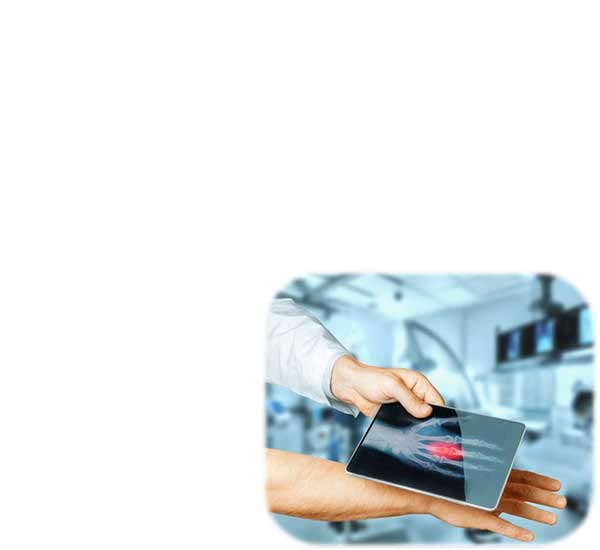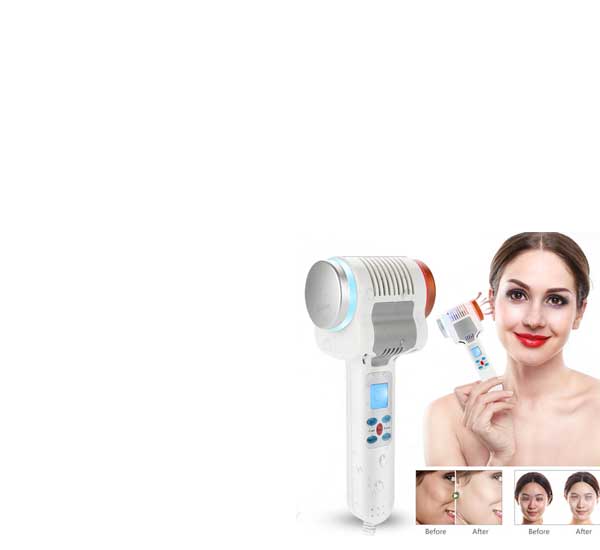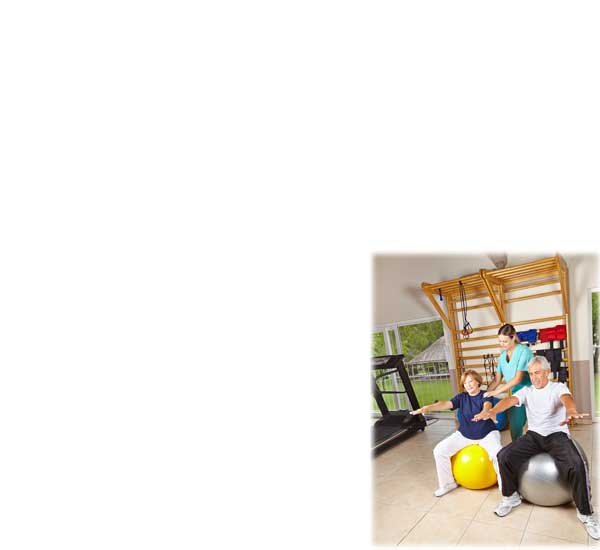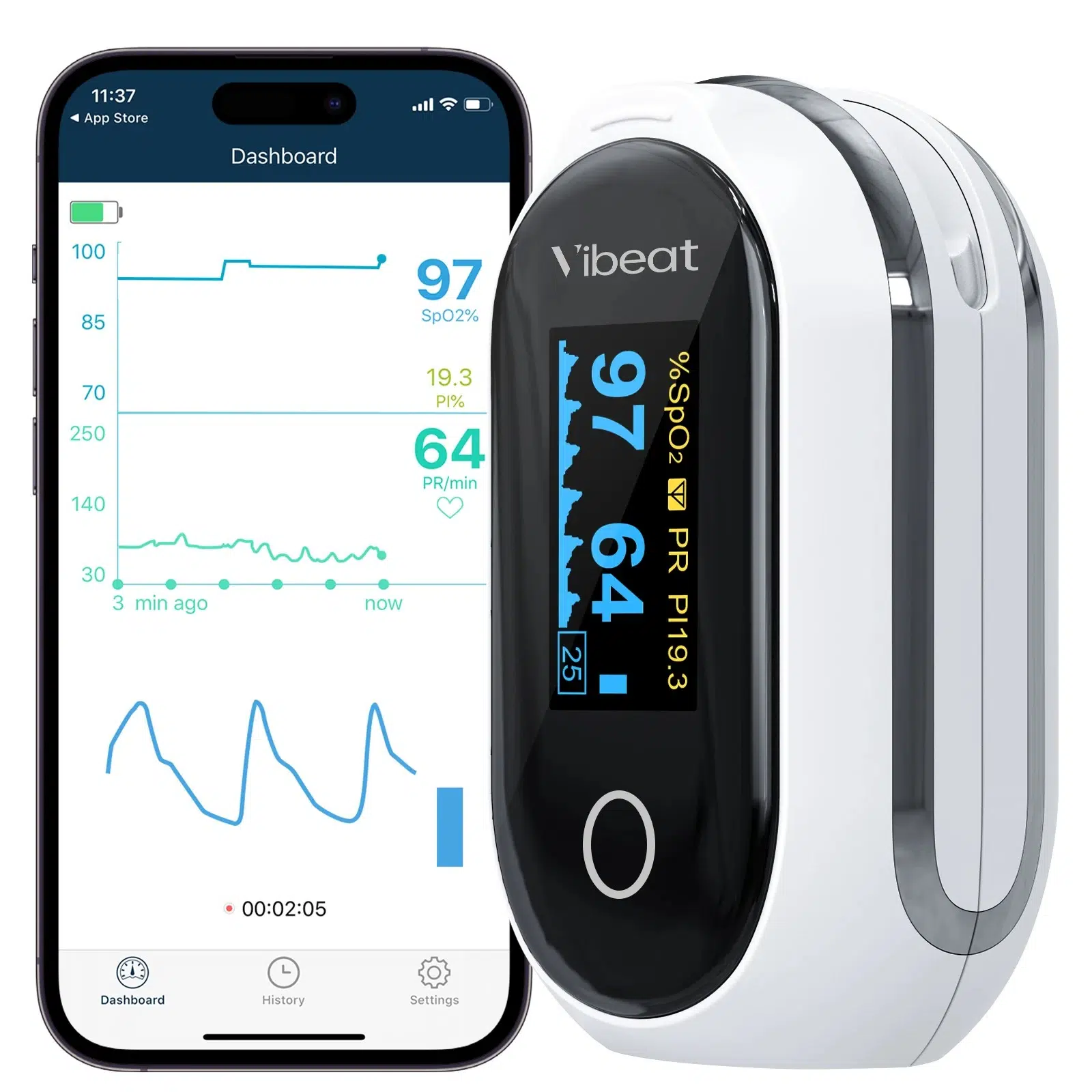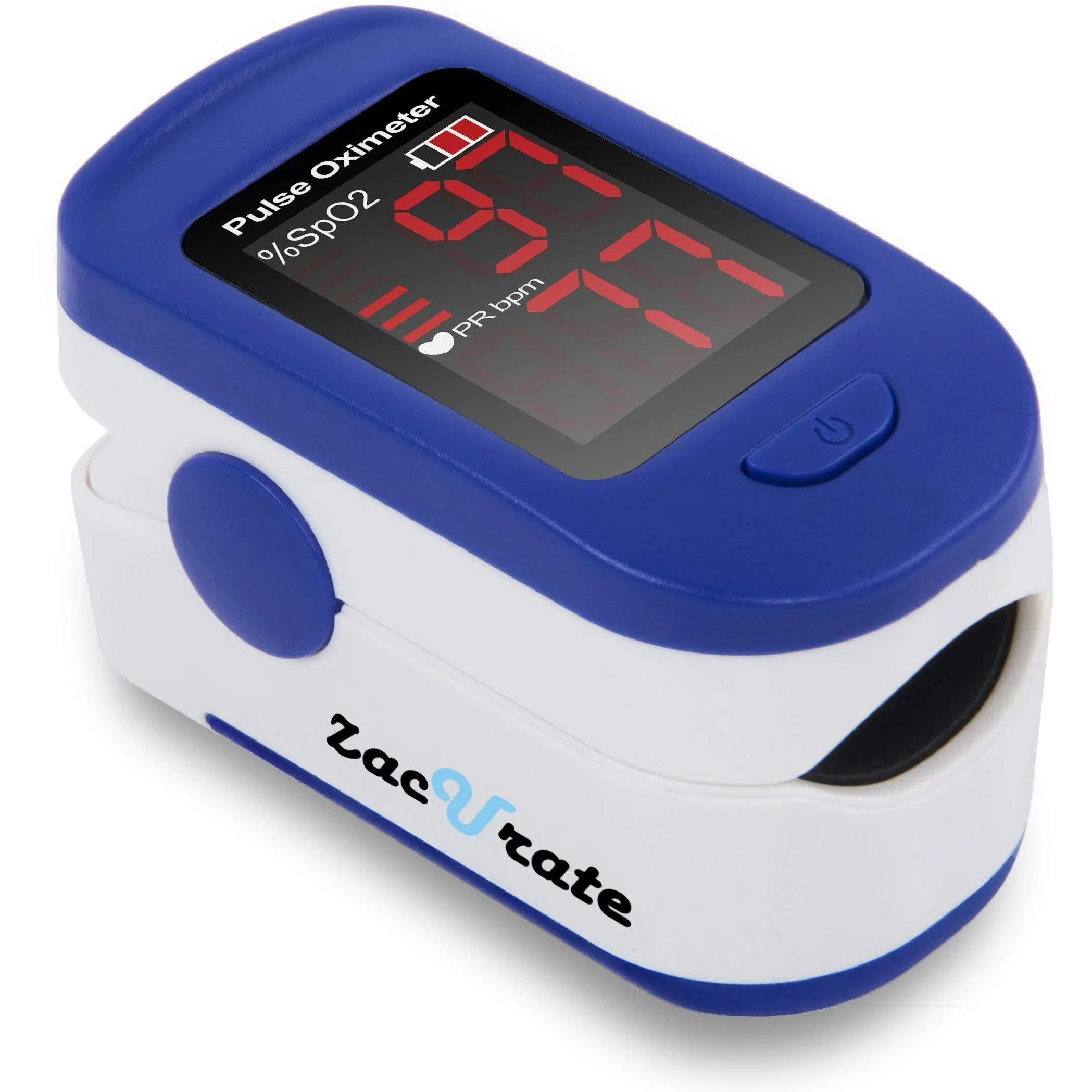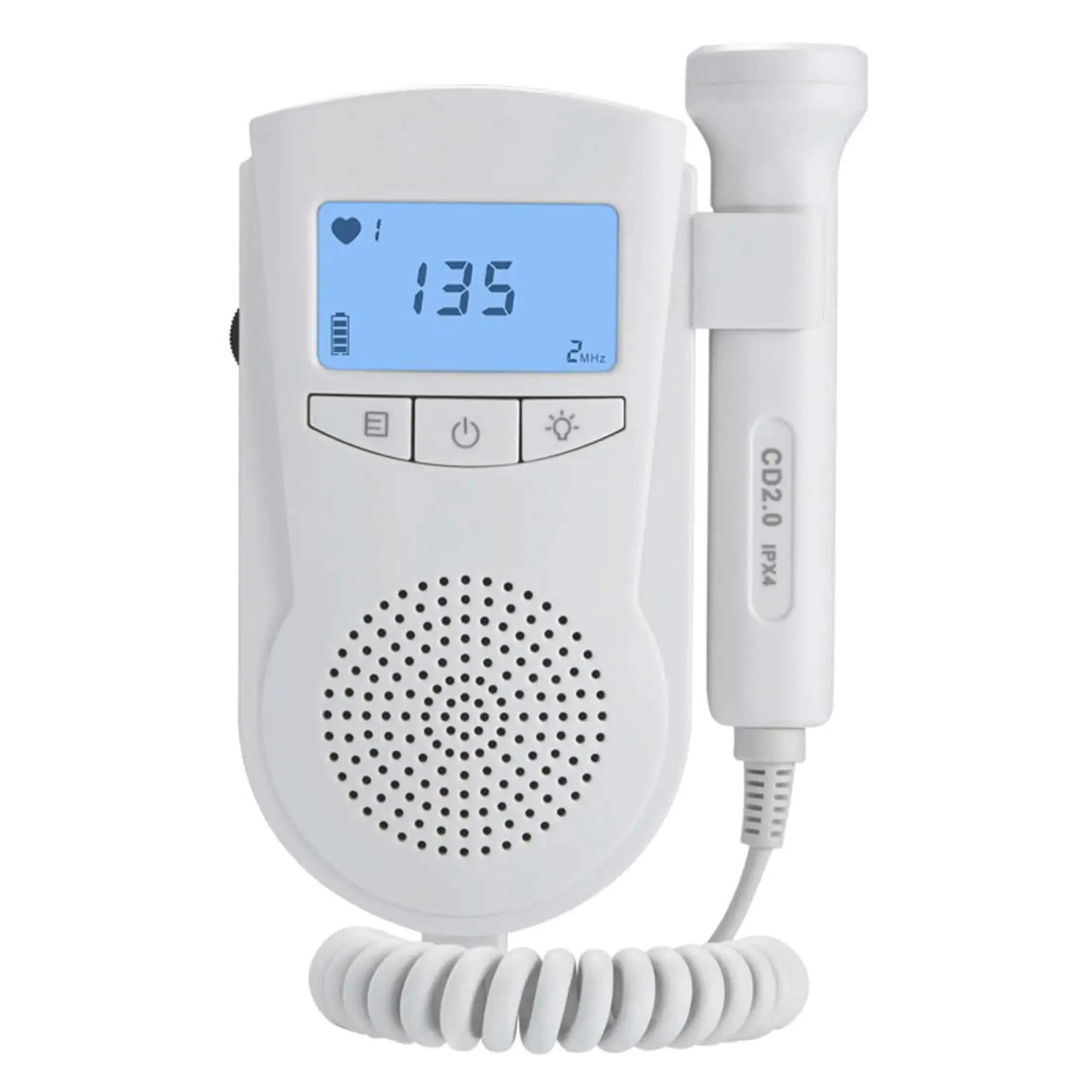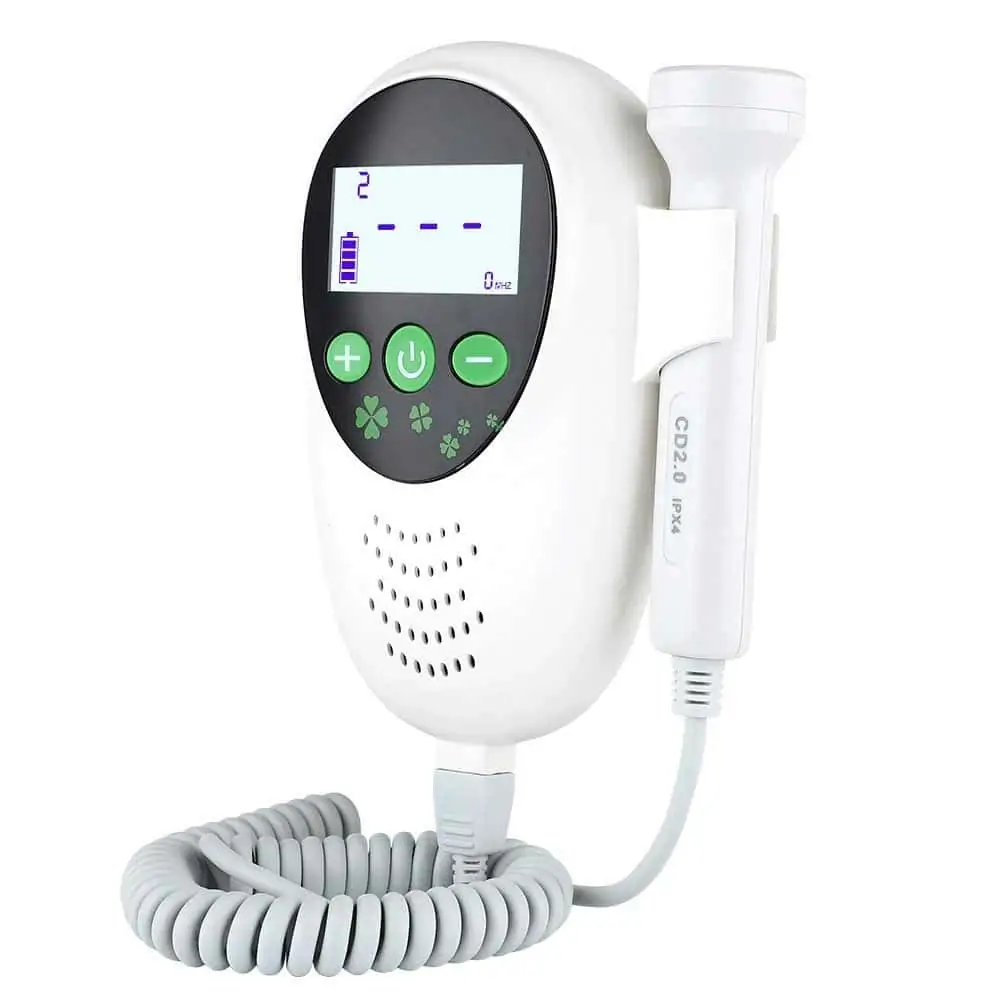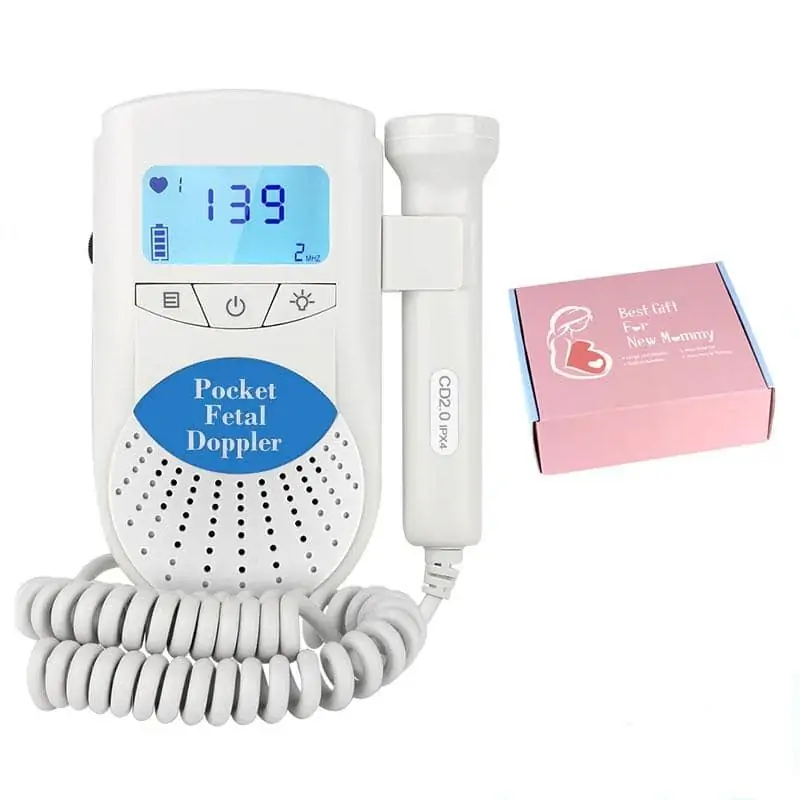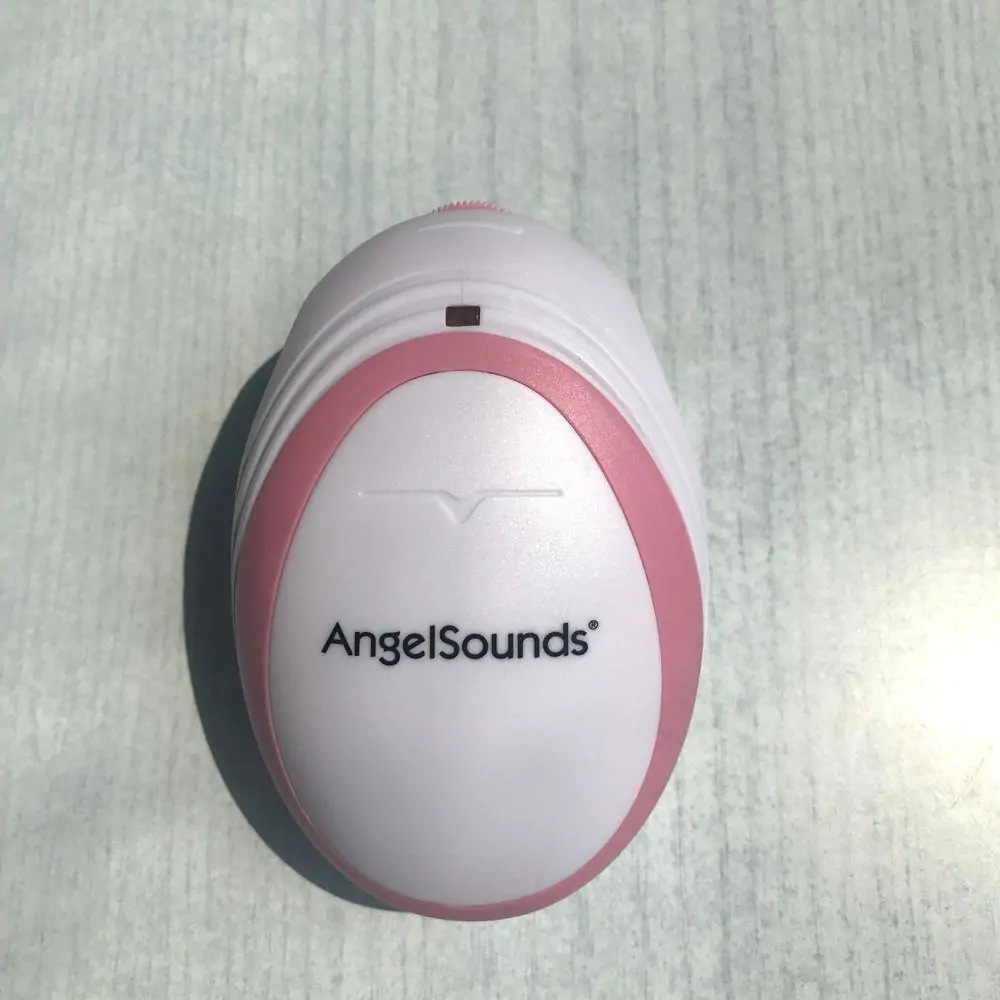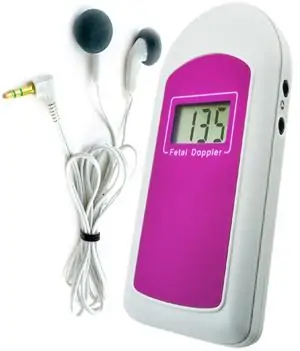Oximeter: Your Guide to Understanding This Essential Health Tool Leave a comment
Oximeter
Introduction
An oximeter is a non-invasive medical device that measures the oxygen saturation level in a person’s blood. This simple yet effective tool has become increasingly vital, particularly during the COVID-19 pandemic, when monitoring respiratory health is crucial. In this thorough guide, we will delve into what an oximeter is, how it works, its benefits, usage tips, and more.
What is an Oximeter?
An oximeter, also known as a pulse oximeter, measures the oxygen level (oxygen saturation) in your blood. This device is usually clipped onto a fingertip or earlobe and uses light sensors to work. the oximeter calculates the percentage of hemoglobin that is saturated with oxygen in your red blood cells, providing vital information about your cardiovascular and respiratory health.
How Does an Oximeter Work?
Oximeters operate using a non-invasive method known as spectrophotometry. Here’s a simplified breakdown of the process:
-
- Light Emission: The device emits two wavelengths of light—usually red and infrared—through the skin.
-
- Light Absorption: Oxygenated and deoxygenated hemoglobin absorb light differently. The oximeter detects how much light passes through or is absorbed by the blood.
-
- Data Processing: the device assesses this data and calculates the percentage of oxygen-saturated hemoglobin using algorithms.
Common Types of Oximeters
There are different types of oximeters available on the market, each designed for specific uses:
-
- Finger Oximeters: These are the most common and are used for general health monitoring.
-
- Earlobe Oximeters: Ideal for children or in cases where a finger is not accessible.
-
- Handheld Oximeters: Used in clinical settings for more advanced readings.
-
- Wrist Oximeters: Suitable for continuous monitoring during activities.
Benefits of Using an Oximeter
Using an oximeter presents numerous health benefits. Here are a few key advantages:
-
- Early Detection of Hypoxemia: Regular monitoring can help detect low oxygen levels, which may indicate respiratory conditions.
-
- Managing Chronic Conditions: Patients with conditions like COPD or asthma can use oximeters to track their health and adjust treatments accordingly.
-
- Post-surgery Monitoring: After surgical procedures, monitoring oxygen levels can definitely help ensure proper recovery.
-
- Home Health Management: Easy-to-use oximeters allow individuals to track their health from the comfort of their homes.
Practical Tips for Using an Oximeter
Here are some practical tips to optimize the usage of your oximeter:
-
- Ensure a Proper Fit: The probe should fit snugly but not impede blood circulation.
-
- Positioning: Place the oximeter on a clean, warm finger. Cold hands can effect readings.
-
- Avoid Movements: Stay still during the measurement for the most accurate results.
-
- Wait Between Readings: If you are taking multiple readings, wait for at least 30 seconds between each measurement.
Case Studies: oximeter Usage in Real life
Case study 1: Home Monitoring for Asthma
Sarah, a 32-year-old woman with asthma, began using a finger oximeter to monitor her oxygen levels at home. she noticed that during her asthma attacks, her oxygen saturation dropped to 88%. By using the oximeter, she was able to adjust her medication as directed by her healthcare provider, improving her breathing and preventing emergency visits.
Case Study 2: Post-Surgery Recovery
John, a 60-year-old man, had undergone heart surgery and was given a wrist oximeter for home use. Monitoring his oxygen levels became part of his recovery routine. When he noticed a drop in oxygen saturation, he contacted his healthcare provider, who adjusted his rehabilitation plan, ensuring a smoother recovery.
First-Hand Experience: A User’s perspective
As a frequent user of an oximeter, I can attest to its simplicity and effectiveness. The first time I used it, I was impressed by how quickly I could get a reading. It frequently enough serves as my trusty companion during flu season or when I’m feeling under the weather.
Typical User Experience
-
- Simplicity: Just clip it on, and press a button.
-
- Speed: Readings are usually available within seconds.
-
- Portability: I can easily carry it in my pocket or purse.
-
- Peace of Mind: Having the ability to check my oxygen levels provides reassurance, especially during respiratory issues.
Limitations of Oximeters
While oximeters are invaluable for health monitoring, they are not infallible. Here are some limitations:
-
- Skin tone Variability: Some studies suggest that oximeter readings can be less accurate in individuals with darker skin tones.
-
- Nail Polish: Radiant nail polish or artificial nails can interfere with readings.
-
- Motion Artifacts: Excessive movement can lead to inaccurate readings.
-
- Not a Diagnosis Tool: An oximeter should not replace a formal diagnosis or treatment by a healthcare provider.
When to Seek Medical Attention
If your oximeter readings are consistently below 90%, it’s crucial to seek medical advice. Low oxygen levels may indicate a serious condition that requires immediate attention.
Ideal Oximeter Readings
| Oxygen Saturation Level (%) | Meaning |
|———————————-|—————————|
| 95-100 | Normal |
| 91-94 | Low but usually manageable |
| 90 or lower | Urgent medical attention needed |
Conclusion
An oximeter is a fantastic health tool that offers valuable insights into your oxygen saturation levels. Its non-invasive nature, ease of use, and real-time data feedback make it an essential device for managing your health, especially for those with respiratory issues. Regular monitoring can help in early detection of problems, leading to effective interventions and improved health outcomes. Remember to use the device properly and consult a healthcare professional if you have any concerns about your oxygen levels. Stay informed, stay healthy, and let the oximeter be your guide in maintaining optimal health.
By incorporating these practices and understanding the functionality of oximeters, you empower yourself and others to take charge of your health effectively.



